Kim Kardashian’s coffee table book has nothing on the self-portrait queen, Frida Kahlo.
Frida Kahlo was a Mexican painter, best known for her skillful self-portraits which showcased her ability to capture complex themes like identity, the body, and death. She is often identified as a surrealist, although she denied a connection to the movement. (The only surrealist she reportedly respected was Marcel Duchamp.)
Frida was born to a German father and Mexican mother. Her dad, Wilhelm Kahlo, was also an artist himself, his medium being photography. She showed more interest in science than in art as a child, and went to the National Preparatory School in 1922 with intentions of eventually studying medicine. She met her future husband, Diego Rivera, there whilst he was working on a mural. In 1925, she was involved in a bus accident, and her health was permanently impacted. She had over 30 operations due to the injuries she sustained. During her recovery she developed a deeper interest in art, often reading and painting.
After she recovered, she joined the Mexican Communist Party, where she met Rivera again. They married in 1929 and moved to the United States shortly after. During this time she began to wear Tehuana dress as her trademark and began incorporating influences from Mexican folk art. In 1931, she painted Frieda and Diego Rivera whilst traveling all over the U.S., receiving commissions for murals from several cities.
Kahlo and Rivera had a tumultuous relationship. They married then divorced, then remarried and each with multiplicity of affairs in between. While they were traveling in the U.S., Kahlo met fellow female artist, Georgia O’Keeffe. They were fast friends and even rumoured to be lovers. Both women were married to artists whose careers overshadowed theirs at the time. In 1933, when O’Keeffe had a breakdown and hospitalized, Kahlo wrote to her, expressing her feelings in a letter saying, “I thought of you a lot and never forget your wonderful hands and the color of your eyes." There was no record of O’Keeffe’s response so it is unknown if Kahlo’s feelings were reciprocated, but the women remained lifetime friends with O’Keeffe attending her exhibit at a gallery in New York City in 1938 and visiting her while she was ill during her old age and Kahlo creating a piece called Magnolias in part inspired by O’Keeffe’s work.
Another one of Kahlo’s high-profile flings was Russian revolutionary and fellow communist Leon Trotsky. She and Rivera hosted Trotsky and his wife in their home while he was politically exiled. Rivera had recently been caught cheating on Kahlo with her own sister, so she began one with Trotsky as retribution. She was 29 at the time and he was 57. It ended not long after it began, with Frida even remarking “I am very tired of the old man” to a friend and Trotsky’s wife catching on and confronting him. It was over by July of that year, but it inspired Kahlo to paint Self-Portrait to Leon Trotsky where she holds a paper that reads “to Leon Trotsky, with all my love”.
Both Kahlo and Rivera’s affairs were well-documented and the couple even shared a rumored lover, Dolores del Rio, one of the first Latin American Hollywood stars. She inspired Kahlo’s Two Nudes in a Jungle, which features two naked women; the one with her head on the lap of the other bears resemblance to del Rio.
In 1939, the couple divorced and Kahlo painted her heartbreak in The Two Fridas the same year. The painting features two versions of her, one in European dress and the other in her signature Tehuana with a miniature portrait of Rivera in hand. In both her heart is exposed, connected to the other Frida through an artery. The artery is cut on the other end, dripping blood onto her white dress. However, the on-again off-again couple’s divorce was short-lived and they remarried the next year in 1940.
Kahlo, like most 20th-century artists, was an eccentric figure to say the least. She was uncomfortable with the cultural conceptions of gender present in Mexico and often challenged them. She often referred to her friends, male and female, as her cuantes, a term normally used by men in referring to their bros. One of the ways she did so was through cross-dressing. She started donning male attire in her teens, even wearing a suit and tie at age 19 in a family photograph. In 1940, she painted Self-Portrait with Cropped Hair, depicting herself in a suit with short hair. The hair was an especially bold statement as it is a sign of Mexican femininity and beauty. She also emphasized her facial hair in her self-portraits, including her signature unibrow, to make herself more androgynous.
In 1943, she was appointed professor at La Esmeralda, the Education Ministry’s School of Fine Arts. She had an unconventional teaching style. She asked her students to address her using the informal tu rather than the formal usted. She also took them to see Francisco Goitia, an artist who left Mexico city to live an authentic peasant life in Xochimilco and not the “peasant life” of shopping at farmer’s markets and drinking DIY kombucha in a rustic-chic luxury log cabin. She also took them to slums, convents, churches, and marketplaces and even had them paint a mural on the wall of a pulqueria, or a type bar specializing in pulque, an alcoholic beverage which, like tequila, is made from the agave plant (except weaker).
Towards the end of her life, Kahlo experienced many health issues. She turned to drugs and alcohol and underwent multiple surgeries that required prolonged hospital stays, eventually needing assistance to walk. In 1953, she attended her first solo exhibition in Mexico lying in a bed. She died a year later of pulmonary embolism.














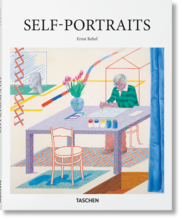
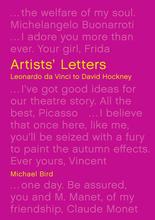

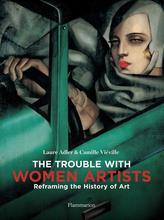




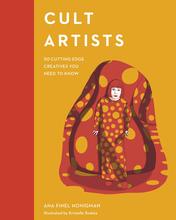







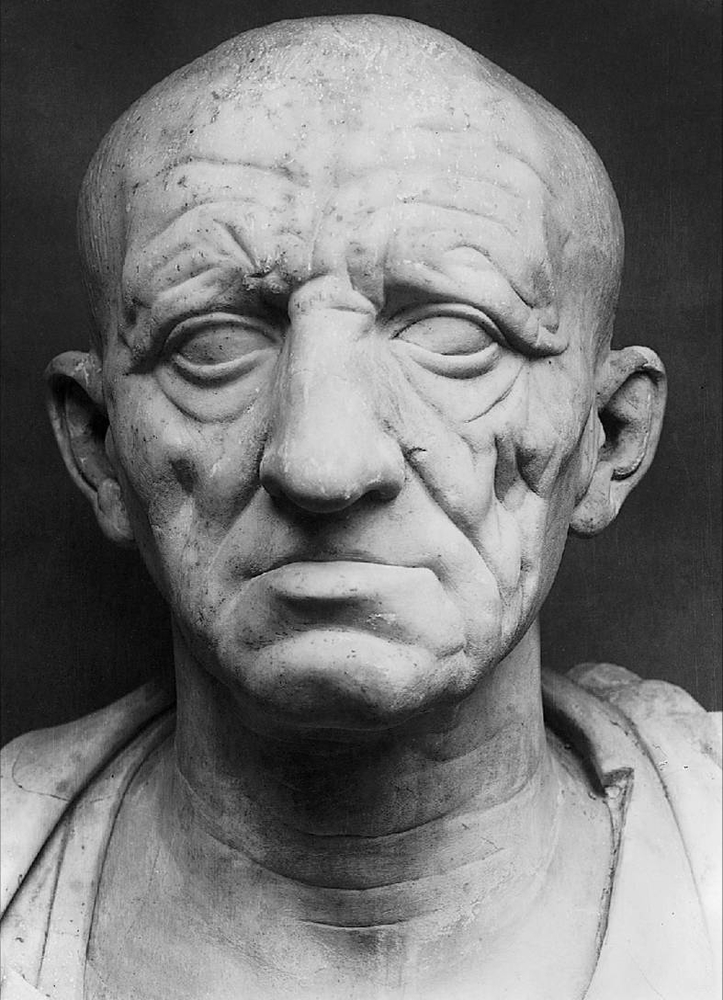














Francisco is the best ‘The painting worked out fine‘. That is an Understatement!